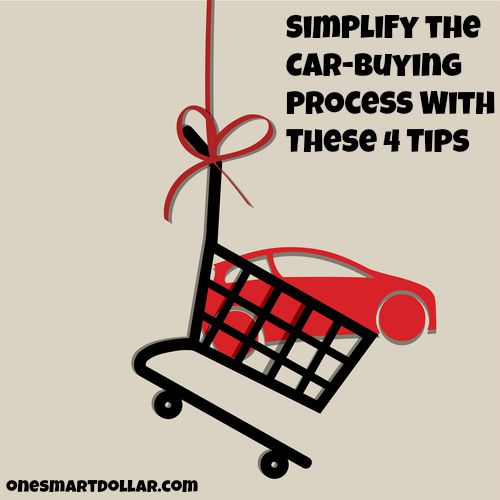
Everybody loves owning a new car, but nobody enjoys the process of buying one. Let’s face it — when it comes to places where you want to spend as little time as possible, a car dealership runs a close second to the dentist’s office.
But it doesn’t have to be like that. With some preparation and a little bit of insider knowledge, you can avoid many of the common pitfalls that slow down the car-buying process and keep you from getting the best deal for your dollar. Here are four simple tips to get you out on the road (and out of the dealership) faster. Who knows? You might even enjoy yourself.
Know Your Exact Budget Going In
Well before you set foot on the lot, you need to know the absolute maximum that you are willing to spend, as well as a maximum monthly payment that you can afford. If you are selling or trading in an old car, then you also want to take its current value and subtract how much you still owe. That will give you a rough estimate of how much equity you have in the car. Don’t wait until you get to the dealership to let the salesman tell you how much you can afford or how much your old car is worth. He’s likely to overestimate the former and underestimate the latter.
Avoid the Lot (If You Can)
If you are thinking about buying a used car, you have a lot more options for where you can shop. Services like DriveTime can basically keep you from ever having to set foot on a car lot. They have a database with more than 10,000 cars in 132 dealerships that you can peruse from the comfort of your own home. You can even finance and purchase the car through them.
Leave, Then Come back
Never buy a car on your first trip to a dealership. It’s the salesman’s job to try to get you to sign a contract on the same visit. They’ll promise you free oil changes and inspections, rebates and bulked-up service agreements, but those won’t amount to much if you end up overpaying for the car. Even if you find exactly the car you want, take 24 hours to think about it. The perks the salesman promised you will still be there tomorrow; plus, you’re going to need the extra time to take our final tip…
Check the Fair Purchase Price Range
Kelley Blue Book has a pricing index that will let you know if the price for the car you’re considering is fair. This is a range that takes into account taxes, historical sales prices and the scarcity of the vehicle in a particular area. It’s the greatest indication of whether or not you’re getting a good deal. If you determine that your price is too high, then you can go back to your deal with leverage for negotiation. Saying that you would like to pay the average Fair Purchase Price is a very good starting point. Also, remember that the MSRP sticker price is always the highest market price. These are required to be posted on every new car by law.
Once you have picked out your perfect car make sure you compare car insurance quotes to see if you are getting the best deal. I have always been a customer of State Farm, but I know a lot of people that have found really great prices and policies with both Esurance.
